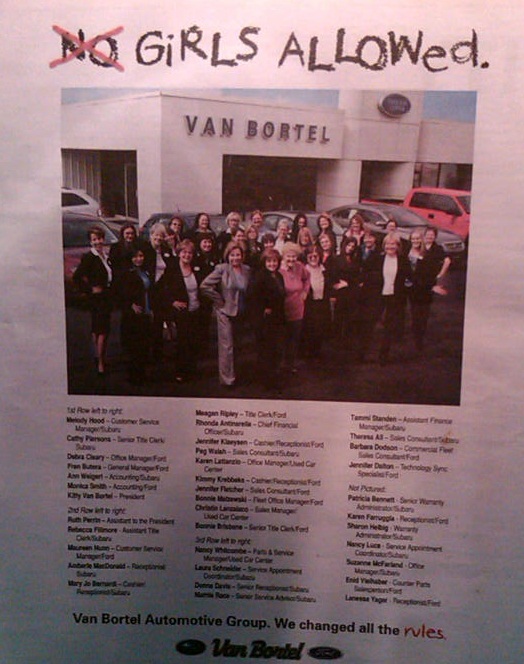What's your culture really like? Ask the new guy from out of town
Company Culture, Employer Brand, Employer Value Proposition - there's been much written and spoken about these ideas and concepts in the last few years and for the most part a general acceptance has emerged that organizational leaders need to be very aware of internal culture, and its effects on morale, engagement, productivity and performance.
While most HR and Talent pros 'get' that culture is important, and some even taking more proactive steps to promote their unique culture (mostly it seems through enhanced 'cultural fit' recruiting practices), there also seems to be quite a bit less written about revealing or unraveling the existing company culture. Where are the donuts?
Where are the donuts?
If you work in any type of organization today you certainly have your own opinion of 'What's it like to work here?', but I'd imagine most of us don't go around the office asking our colleagues for their opinion of 'What's it like to work here?'
Aside from the annual employee survey where these kinds of questions are raised and the answers to them aggregated and placed in colorful bar graphs and pie charts, (Is there anything better than a pie chart?. I think not.), we can pretty easily get tricked into remaining comfortable that our personal view of 'What's it like to work here' is kind of the universal view of the place.
But a more revealing (and hopefully honest) assessment of a culture or an environment might come from a different source than the aggregated and homogenized survey data, or from the long-held and personal views of organization veterans. It could be that the most refreshing look at the culture of a place comes from its newest members, and in particular, ones that by virtue of their past upbringing and history, would not have many deeply-held biases that might influence their opinion.
Case in point - the impressions on American culture from a new visitor, the NBA's Alexey Shved from Russia, in his rookie season playing for the Minnesota Timberwolves, and enjoying his first extended period living and working in the USA.
Hey Alexey, what's it like in America?
"Well, everybody loves donuts here, and I eat them too. People mostly drink beer and not stronger drinks, exactly like in The Simpsons.”
Nice. American culture through the lens of a recent entrant, with his primary frame of reference being the Simpsons cartoon.
It's kind of amusing but also serves as a bit of a reminder that culture and the perception of a culture is a highly personal thing. And it also reinforces the point that no matter how much or how hard we try to shape the culture, (or at least the perceptions of a culture), people are going to have their own take on your place, your people, your vibe - you get the idea.
Our pal Alexey's take about donuts and beer, while pretty funny, should also be a kind of wake-up call to those of us charged or interested in shaping, communicating, and propagating something as amorphous as 'culture'.
No matter how hard you try, how slick your marketing campaigns are, and how much 'fit' drives your hiring, firing, and rewards processes - there is probably a new guy from out of town who looks around and sees donuts and beer.

 Steve
Steve
